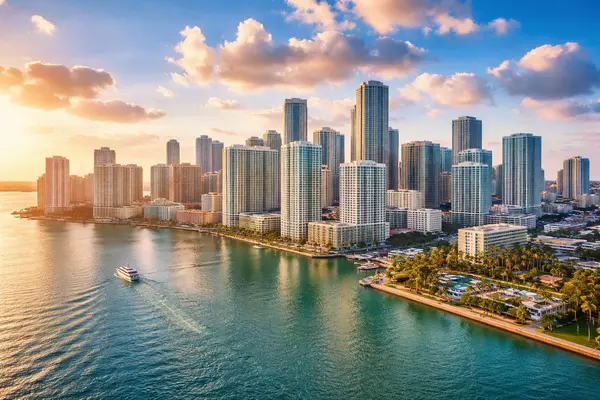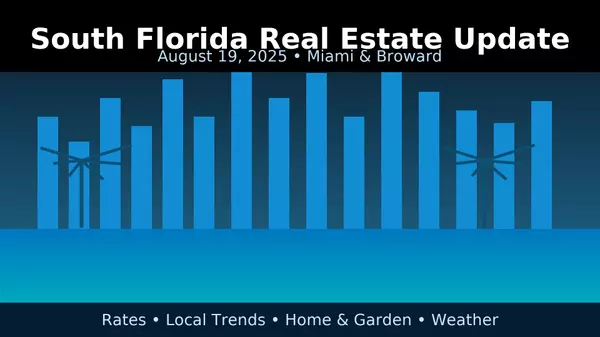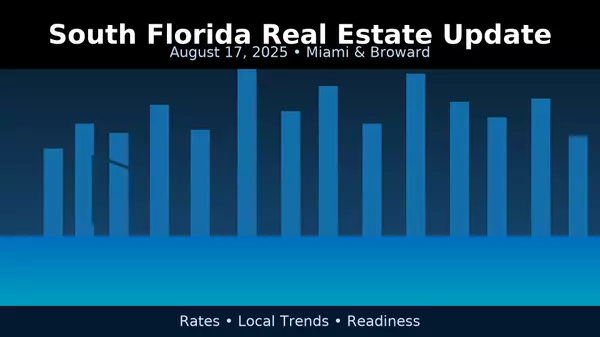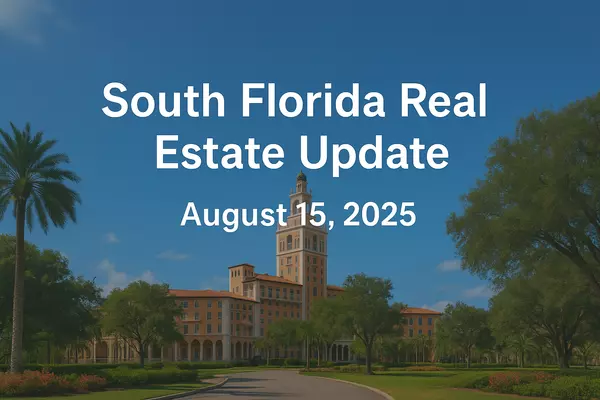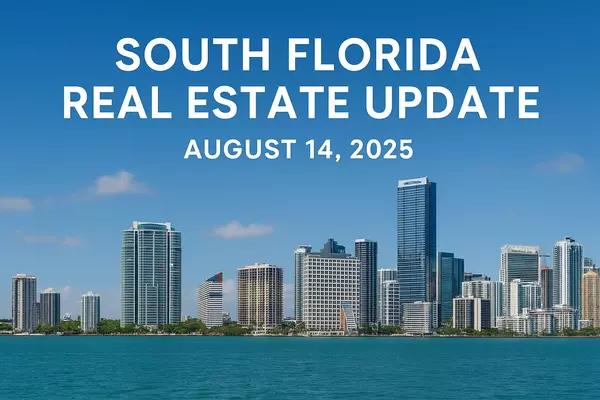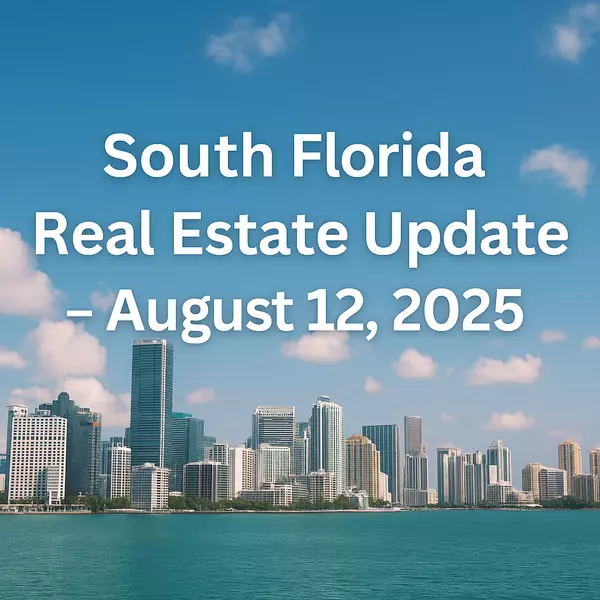
Migration to Miami: A Diverse Influx
Over the last two years, Miami has seen a significant influx of people relocating from various parts of the United States and abroad. This trend, which has continued into 2023, is characterized by an increase in driver license exchanges in Southeast Florida, indicating new residents from other states and countries. The primary sources of domestic migration include New York, New Jersey, and California. These states have seen the highest net migration flow into Florida, with increases noted from pre-pandemic levels: New York (+25%), New Jersey (+15%), and California (+29%) in areas like Broward County.
Foreign migration also plays a vital role, with Haiti, Colombia, and Venezuela leading in foreign driver license exchanges. This diverse influx is expected to persist due to factors like strong job growth, a rising retiree population, and Florida's low-tax environment.
Real Estate Market Dynamics: Soaring Prices and Shifting Neighborhood Preferences
Miami's real estate market has been significantly impacted by these migration trends. Neighborhoods like Brickell and South Beach have seen dramatic increases in both home prices and rents. For example, rents in Brickell have risen by 55% since January 2020. This surge in housing costs, coupled with modest wage growth, has made Miami increasingly inaccessible for many residents.
Interestingly, not all areas are experiencing growth. Suburbs with constrained transportation options and distance from central city hotspots are witnessing more people moving out than moving in. This pattern indicates a flourishing central city but a declining suburban population.
Economic and Professional Migration
A key factor driving this migration is Miami's pro-business environment, attracting businesses and top-tier talent, especially from major global business hubs like New York City, Los Angeles, and the Bay Area. The pandemic accelerated this migration, with significant investment firms and tech startups relocating to Miami. This movement is underpinned by low corporate and personal income taxes, a diverse workforce, and a high quality of life.
The Future Outlook: Trends and Predictions
Looking forward, the influx of people into Miami is expected to continue, with strong demand for housing, office space, and services, especially in Downtown and adjacent neighborhoods. This demand is likely to lead to a revitalization of Miami’s downtown area, further enhancing its appeal. However, there's also a growing concern about the affordability of the city, which could potentially impact future growth dynamics.
In contrast to the booming property market and influx of wealthier residents, the overall population in South Florida, including Miami-Dade and Broward Counties, has actually declined from 2019 to 2022. This decline is partly attributed to housing affordability challenges, with a significant percentage of homes in Miami-Dade County being out of reach for median-income families. This trend has reshaped the demographic profile of the area, with a replacement of middle-income households by higher-income individuals, largely coming from states like New York and California.
Concluding Thoughts
The migration trends in Miami between 2022 and 2023 have had profound impacts on its real estate market, economic landscape, and demographic composition. While the city continues to attract high-income individuals and businesses, challenges related to affordability and suburban decline pose questions about the sustainability and inclusivity of this growth. As Miami continues to evolve, it will be crucial to balance these dynamics to ensure a vibrant and accessible city for all.



